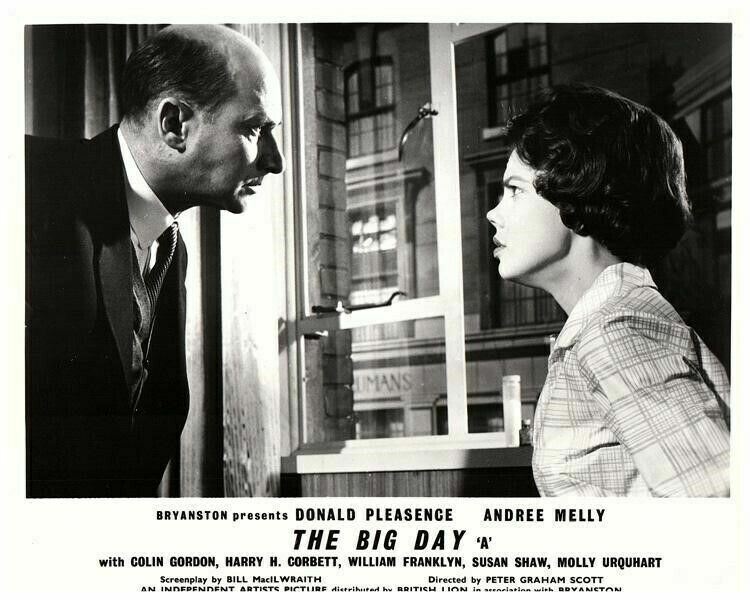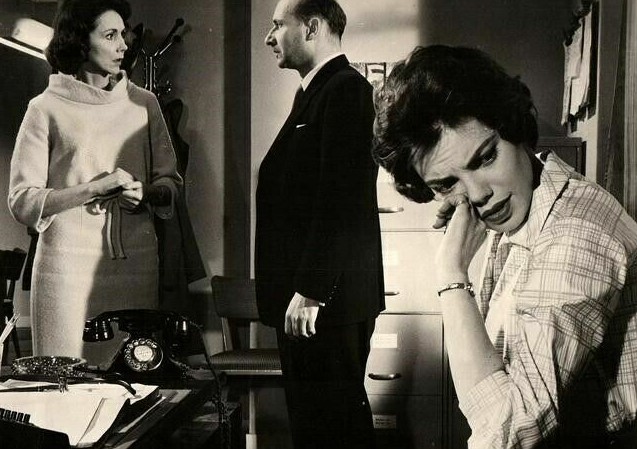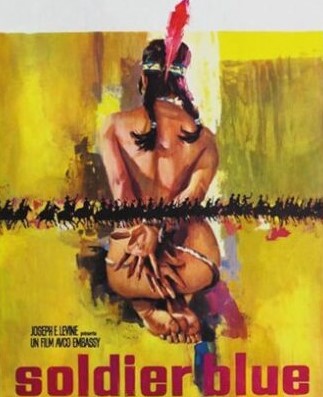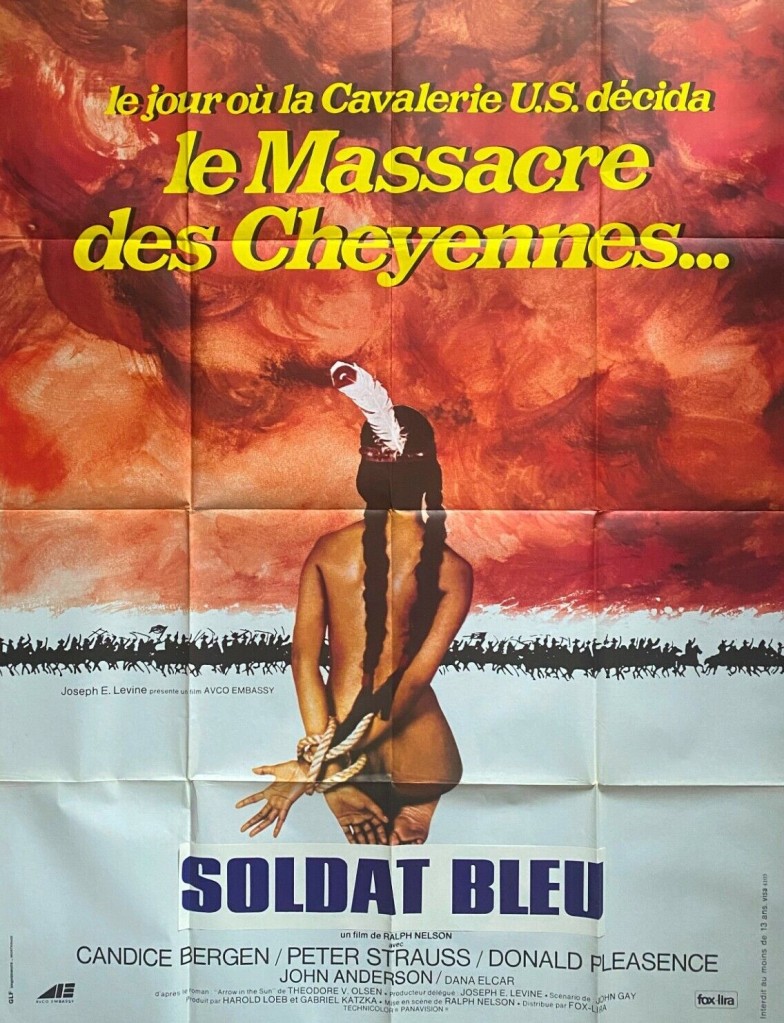Marvellous little drama. Succession the old-fashioned way when promotion was determined by interview, the process not clogged up by internecine family warfare. Doesn’t, either, go for the easy target of the English class system, instead exploring the universality of office politics, the quite different attitudes taken by individuals to superiors and inferiors, the determination to find someone who is not your equal, and the ways of dodging responsibility or simply indulging in dodgy behaviour.
It’s lit up by four superb performances, Donald Pleasance (Soldier Blue, 1970) as the dull accountant, Colin Gordon (Subterfuge, 1968) – usually a comedy foil – as the Machiavellian boss, Harry H. Corbett (pre-Steptoe and Son) as a weaselling manager and Andree Melly (The Brides of Dracula, 1960) as a secretary skirting scandal. The narrative is simple. Prior to the interview we dip into the lives of the three candidates – Victor (Donald Pleasance), high-flying sales manager Selkirk (William Franklyn) and transport manager Harry (Harry H. Corbett) who happens to be the brother-in-law of George (Colin Gordon) the boss.

Each has a deficiency, Selkirk inclined to show too much initiative, Harry running his department by the seat of his pants, Victor with no initiative whatsoever, a plodder. Each is caught out in an error of judgement, Selkirk striking a deal with a dodgy customer, Harry operating a driver logbook scam, Victor having an affair with his secretary Nina (Andree Melly). And a most unlikely relationship that is, the young self-possessed girl madly in love with a middle-aged man riddled with self-doubt.
When she first appears, in frankly one of the most erotic scenes capable of passing the British censor at the time, I had assumed this was a financial arrangement. That Victor would be reaching into his pocket. It’s only later we discover she’s his secretary and nourishes no ambitions for him to climb the corporate ladder, just believing that at a suitable juncture he will jettison wife and children. Mostly, what they all have to lose is pride. Hen-pecked Harry terrified of reporting failure to his domineering wife, Selkirk already planning how to spend the expected salary increase, Victor desperate to justify his existence by having his name on the letterhead.
Everyone has ideas above their station; everyone gets put in their place. Even the backroom staff jockey for position, Selkirk’s secretary Madge (Marianne Stone) tearing into Nina for her loose morals, in return being hit by bitchy comments about her spinsterhood. Both make a point of wishing the other’s boss “good luck” on the day of the interview in case they win. Madge often refuses to carry out work she considers too menial and seems always on the point of resigning over a minor issue. There is envy over the size of one’s office.

The best elements of the script are how plans go awry, how conversations turn as new information enters the equation and especially how the boss uses any opportunity to destabilize his staff, pitting them against each other, turning triumph into disaster, deftly fending off any threat to his position. George employs a wonderful phrase, “I’ve called you in to tell you why you’ve NOT got the job,” softening the blow by a small salary increase.
And it’s indicative of failings in his personality that he hands the job to the person least likely to challenge his authority – Victor – and that the promotion comes with the rider that the accountant get rid of Nina. And, suddenly, Victor comes into his own, the mouse roaring like a lion, although triumph is temporary. The last scene one of the saddest committed to celluloid, Victor alone, huge pile of work to get through and no solace anywhere.
It’s short, too, would have been intended as a “quota quickie,” release guaranteed by the Eady system, and should really have been lost in the slush pile. Instead, without any of the brutality of Succession, dissects the office mind-set. Donald Pleasance is the standout, but Colin Gordon and Andree Melly run him close. Support from Susan Shaw (Carry On Nurse, 1960) and Roddy McMillan (The View from Daniel Pike series, 1971-1973).
Director Peter Graham Scott (Father Came Too!, 1964) keeps his foot on the narrative pedal, focus never wavering, brooking no diversions. Bill MacIlwraith (The Anniversary, 1968) delivers a tight script bristling with terrific lines. given it only cost £22,300 (about $70,000) it’s quite astonishing.
NOTE: In the absence of a poster, the main photo is by Allan Warren.












